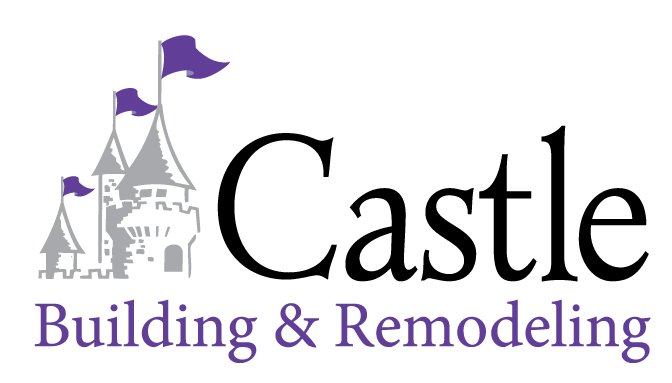Stainless steel has become a popular surface material and finish that can be used in a variety of ways, including countertops, sinks, appliances and furniture. While this attractive and hygienic surface cannot be regarded as completely maintenance free, its luster and appearance can be preserved indefinitely with proper maintenance.
All grades and finishes of stainless steel may in fact stain, discolor or attain an adhering layer of grime with normal wear. To achieve maximum corrosion resistance the surface of the stainless steel must be kept clean at all times. Quite simply, clean the metal when it is dirty in order to restore its original appearance. Frequent cleaning with mild soap and water or glass cleaner and a cotton cloth is best. There are many stainless steel cleaning products on the market but sometimes these products will aid in developing corrosion or discoloration due to environmental and installation conditions.
The following is a list of common conditions that cause corrosion or discoloration of stainless steel and SHOULD BE AVOIDED:
- Chloride containing cleansers: This includes bleach and any bleach containing cleaners
- Muriatic acid (hydrochloric acid): Commonly used to clean up after tile/concrete installation
- Concentrated soap residue: Chemical additives will cause discoloration and some dried soaps actually look like rust
- Water with high iron content: Can leave a rusty residue, especially if allowed to drip continuously
- Contact with iron materials: This includes steel wool, machining chips, and iron residue/dust from installation or cleaning of other steel products
- Trapped moisture between the product and another object: Rubber mats, metal cans of soaps or cleaners
- Salts: They contain chlorides and can easily damage stainless steel
Any discoloration or corrosion should be removed as soon as possible. Usually, the product can be restored to its original condition with a mild cleanser (Ajax, Bon Ami) or stainless steel cleaner (Revere Ware Stainless Steel Cleaner, Goddard’s Stainless Steel Cleaner) and a Scotchbrite pad. The surface should then be thoroughly rinsed with clear water.
